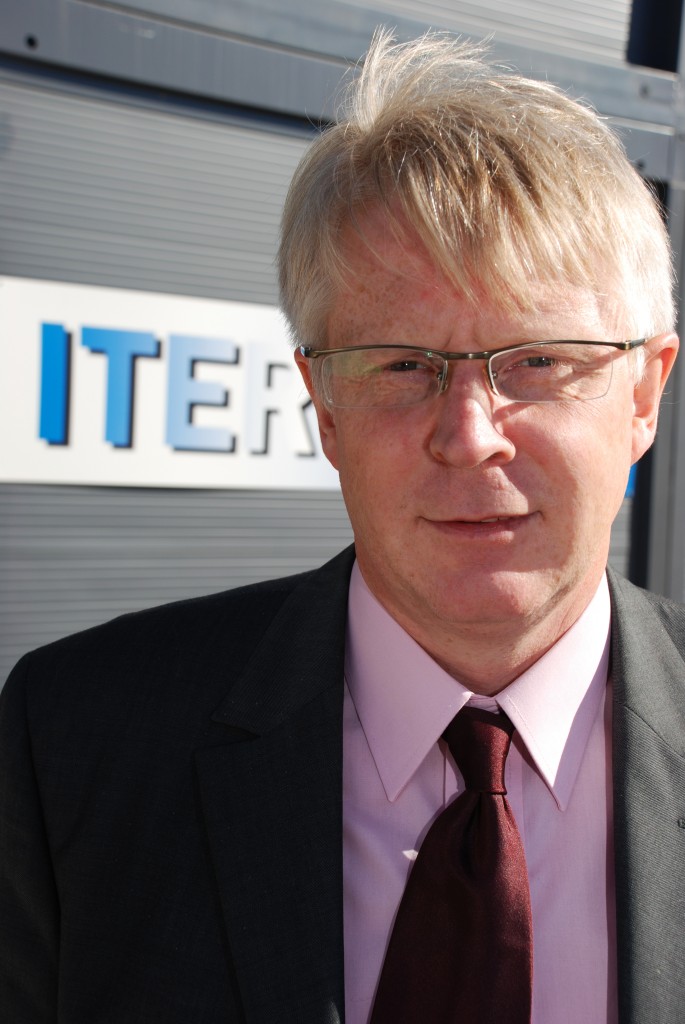ITER NEWSLINE
24
Preparing for the next steps
Norbert Holtkamp, ITER Principal Deputy Director-General
Preparing for the next steps
Preparations are in full swing for the next meetings of the Scientific and Technology Advisory Committee (STAC), the Management Advisory Committee (MAC), and the Council Preparatory Working Group (CPWG) which prepare the way for the second ITER Council Meeting scheduled for June 2008 in Japan.
Following last year's Design Review the STAC, endorsed by the Council, identified 13 high-priority issues to be addressed in parallel with the schedule and resource estimate that has to be delivered to the next Council meeting. Representatives and experts from the IO and the Domestic Agencies met in Aix-en-Provence last week to discuss solutions to these issues and their integration into the new baseline design with a minimum impact on the Project Schedule.
While many of these tasks could be addressed without a substantial impact on the project, some major decision had to be taken addressing physics questions of ELM control, vertical stability, plasma shaping, cold testing of magnets and the hot cell design. All this while not inflicting significant changes on the recently established, aggressive but realistic Construction Schedule geared to meeting the deadline for the 26 Procurement Arrangements (worth 1.5 Billion Euros) on the agenda for this year.
Amongst the 13 issues tackled in this coordination meeting (see article below), I want to focus on one issue which has drawn a lot of attention recently since it is clearly critical for the Project's success: the mitigation of the Edge Localized Modes or ELMs.
Over recent years, the Scientific Community has found increasing evidence that ELMs are potentially more damaging than originally thought. Port plug mounted coils foreseen during the design review did prove not be capable of mitigating such events and other means of preventing them, are not reliably established as of today. However, with the joint efforts of the International Fusion Community, the DA's and IO's scientific and engineering resources, this effect was characterized in much more detail and a good solution was found. It is of course imperative to minimize any delay to the Vacuum Vessel procurement scheduled for June this year. Among the five different options, all developed in parallel, coils inside the vacuum vessel will be pursued, tackling at the same time at least three of the issues mentioned before. Viability checks are still ongoing and an engineering design is under way.
With the Design Office at the IO overburdened, a plan is being implemented to further outsource complete design packages to the Domestic Agencies. This is the only realistic way to finish designs on 26 Procurement Arrangements during the reminder of the year.
In this context, I want to mention that I visited ITER India the week before last and I was deeply impressed by their progress in building up the Domestic Agency. I also spoke to representatives from several support companies, demonstrating that they could provide work resources on short notice if required especially in areas like design, engineering and CAD.
During this week I would say, that great progress was made towards the finalization of the construction strategy for ITER. I am very pleased with the effective way of working together on these common problems and the ability of this collaboration to come to a realistic plan and being able to implement it.
return to Newsline #24


